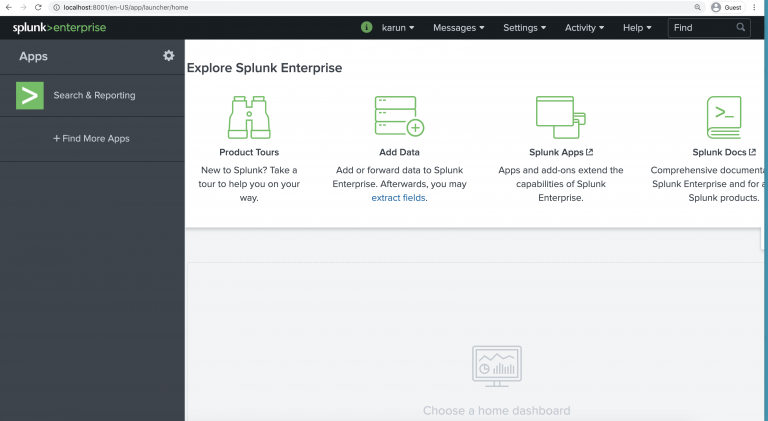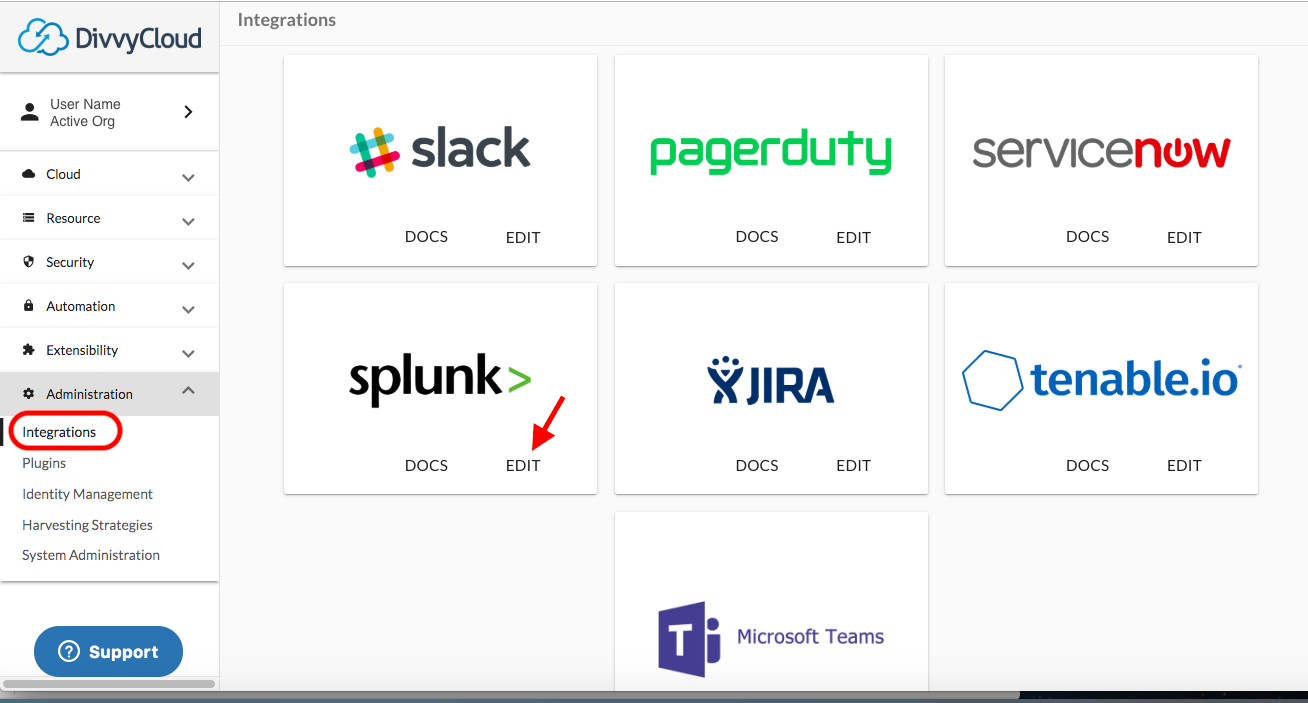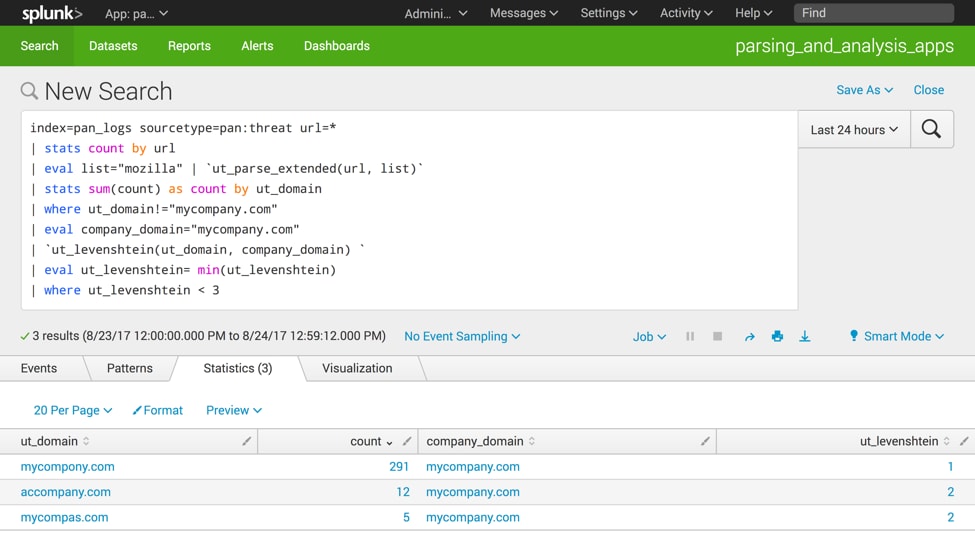

Enable it with Global Settings and add one New Token. After the token is created, you will find the Token Value which is a guid. Open Splunk’s Web UI, go to the Settings → Data Inputs.

(Note: In Splunk Cloud you need to work with support to enable HTTP Event Collector). You need to first enable HTTP Event Collector. I am going to use the latest Splunk available, which I have installed in my network running on address 192.168.1.123.
Splunk login url driver#
The driver offers a bunch of additional options for enriching your events as they go to Splunk, including support for format tags, as well as labels, and env. Using the driver, you can configure your host to directly send all logs sent to stdout to Splunk Enterprise or to a clustered Splunk Cloud environment.
Splunk login url windows#
Note if you are running on OSX or Windows you’ll need to have a dedicated Linux VM. You can get the new Splunk Logging Driver after installing Docker version 1.10 and higher. If you are not familiar yet with the Event Collector check out this blog post. The driver uses the HTTP Event Collector to allow forwarder-less collection of your Docker logs. Today following up on Docker’s press release, we’re announcing early availability in the Docker experimental branch of a new log driver for Splunk. Previously I blogged on using the Splunk Universal Forwarder to collect logs from Docker containers. HTTP Event Collector makes it possible to cover more cases of collecting logs including from Docker.
Splunk login url software#
The query string contains data to be passed to software running on the server.The path is used to specify and perhaps find the resource requested.The port number, given in decimal, is optional if omitted, the default for the scheme is used (80 for http, 443 for https, etc).


Examples include http, https, ftp, file and many others. The scheme, which in many cases is the name of a protocol (but not always), defines how the resource will be obtained.The syntax of a URL is as follow: details: This tool has an embeded documentation located after installation in $SPLUNK_HOME/etc/apps/utbox/appserver/static/documentation.pdf What is what ? You should also take a look at URLParser for efficient URL parsing: Ĭode Commiters: FDSE, Daniel, Mayur, Cedric, and Ian. Enterprise Security users will need to modify the import statement to use UTBox. UTBox has firstly be created for security analysts but may fit other needs as it's a set of building blocks. Other functions like shannon entropy, counting, suites, meaning ratio, bayesian analysis, etc, are also available. One of the core feature of UTBox is to correctly parse URLs and complicated TLDs (Top Level Domain) using the Mozilla Suffix List. It only needs to be deployed on Splunk Search Heads and the bundles will automatically be sent to your Splunk Indexers. UTBox has been created to be modular, easy to use and easy to deploy in any Splunk environments. UTBox is a set of building blocks for Splunk specially created for URL manipulation.


 0 kommentar(er)
0 kommentar(er)
